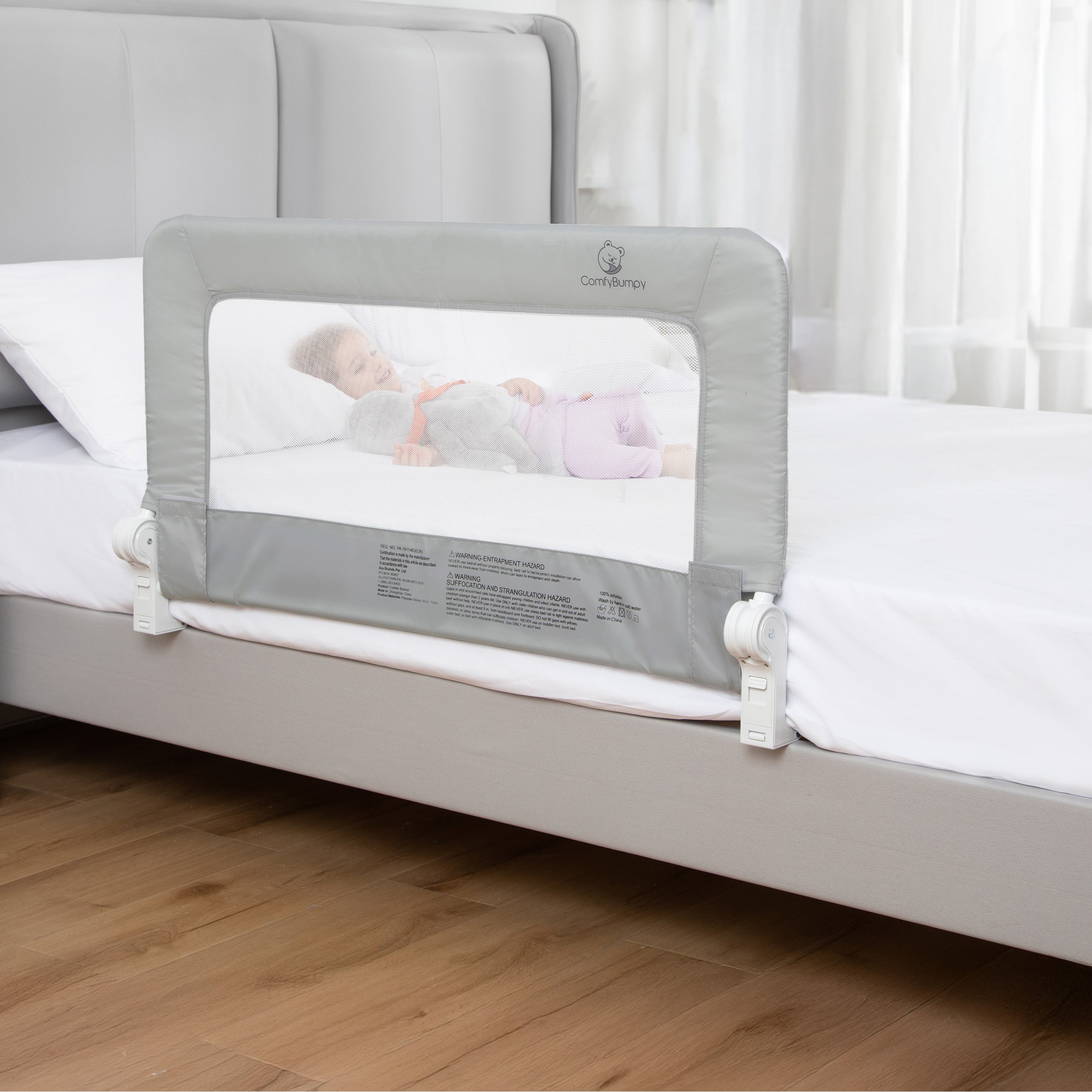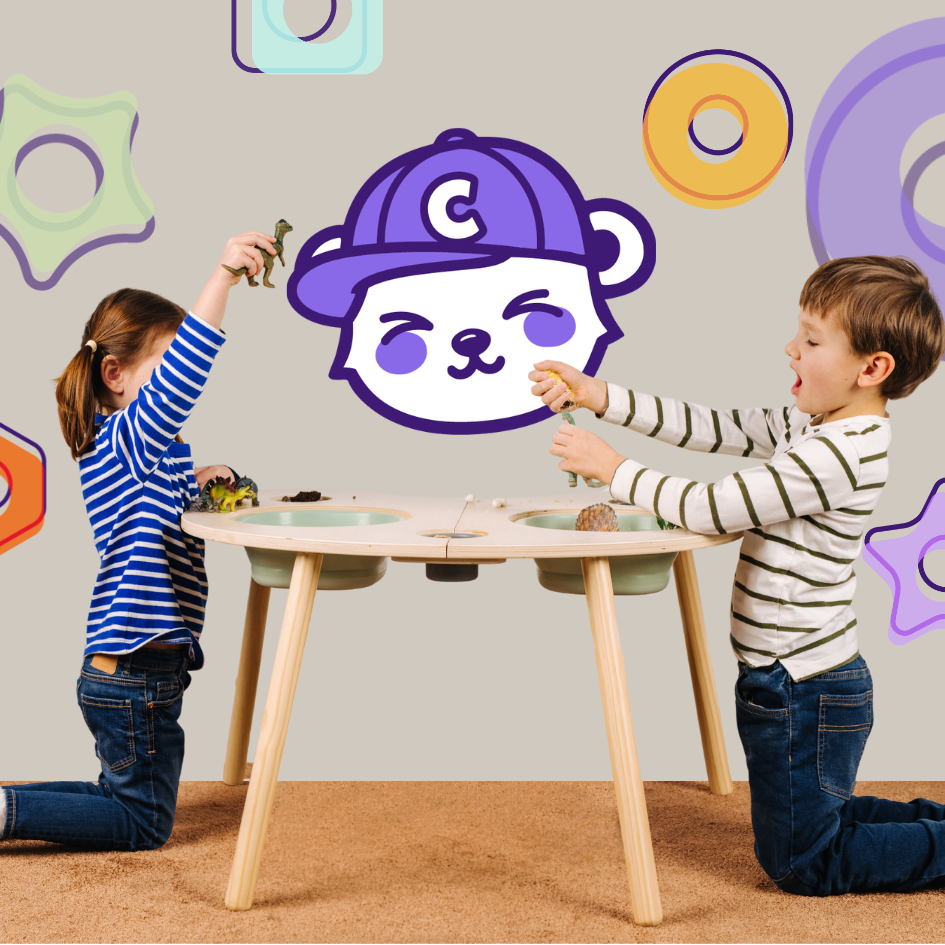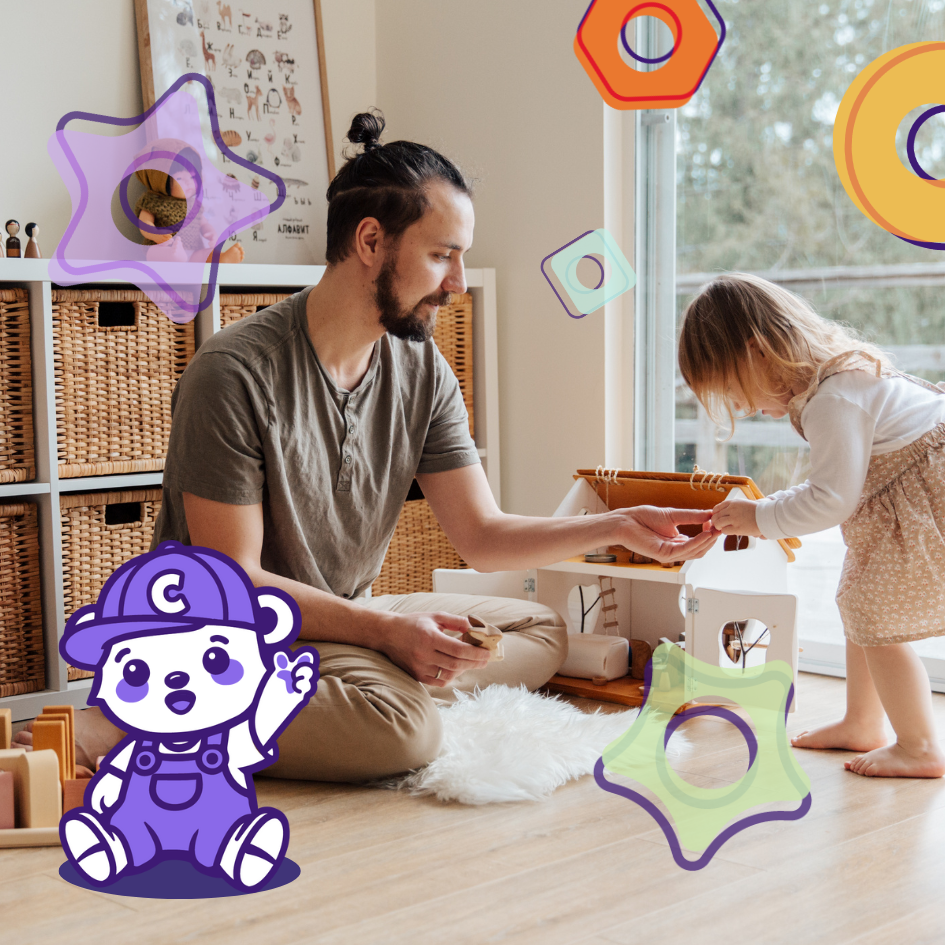10 Safety tips On Room-Sharing With Baby
Where does your baby sleep?

As a new parent, the future of a good night's rest probably weighs on your mind. It's no secret that babies sleep a lot (about 16 hours a day), while mom and dad sleep a lot less. The question is: should you consider room-sharing with your baby or not?
Sharing your room with baby reduces the risk of Sudden Infant Death Syndrome (SIDS), the leading cause of infants under six months old. That's only true, though, if you stick to some basic safe sleeping guidelines. Here's how to safely share your bedroom with your little one.
1. Share Your Room, Not Your Bed
What have you heard about bed-sharing?
It's the parenting debate of the century: Some parents swear by sharing their beds with their babies, while others are stringent advocates of babies sleeping in their own rooms.
While bed-sharing isn't the safest option for parents, room-sharing is a recommended happy medium. According to the latest American Academy Of Pediatrics guidelines, you should consider room-sharing with baby until age one. In other words, feel free to let your baby room with you, but fight the strong urge to snuggle her as you sleep.
Why Is Co-Sleeping Unsafe?
While this is an unpleasant fact to think of, sharing an adult bed with your baby significantly increases the risk of SIDS. A recent analysis of 1400 SIDS cases shows that babies under three months old are five times more likely to pass away suddenly if they sleep in their parents' bed.
The leading cause of these sudden deaths is suffocation. A baby's muscles aren't strong enough for him to move on instinct when he can't breathe. And unfortunately, there's a lot of room for this type of accident when bed-sharing:
- Parents may accidentally roll onto the baby in their sleep.
- The baby might flip onto his tummy, unable to move his head enough to breathe.
- The baby might get stuck and accidentally smothered by a blanket or pillow.
- The baby might fall off the bed or get stuck between the bed and a wall.
You're probably convinced that this couldn't happen to you. But these accidents don't happen on purpose.
Besides, both you and your little bundle deserve to sleep comfortably. You should try to aim for a few hours of shut-eye without being alert one hundred percent of the time.
2. Put Baby In a Safe Sleeping Space
So now that you're sold on a shared room with baby, what does a safe sleeping space look like?
When you think of a safe sleeping space for an infant, picture a crib or a bassinet. Chances are you can't fit a full-size crib into your bedroom. That's perfectly fine.
Any product approved by the Consumer Product Safety Commission (CPSC) is fair game as long as it's advertised as suitable for sleeping. Check out these innovative room-sharing products made just for situations like yours. The goal is to put baby in a space with a rail or barrier where he can be comfy yet contained.
Where Should the Bassinet Go?
Unless you have a crib or rail that attaches to your own bed, you're probably wondering how to arrange the safe sleeping space.
Honestly, it's up to you. Some pediatric professionals suggest you put your baby's cradle far away from your bed. Some even recommend installing a makeshift room divider to separate your bed from baby's crib. A recent study suggests this helps you and baby sleep more soundly.
That being said, if your parental instinct tells you to put the baby bed next to your own, go with your gut. As long as baby isn't sharing your bed, the sleep space is safe.
3. Practice Safe Swaddling
Do you swaddle your baby?
Swaddling is popular among parents of newborns, because a swaddled baby is safely restricted from harmful movements. Also, most babies just feel comfy when swaddled in a light, breathable blanket.
If you're going to swaddle, though, follow some key safety guidelines. According to this study, babies who are improperly swaddled are at about one-third greater risk of SIDS.
Check out this clip to see how a baby should be swaddled.
(https://www.youtube.com/watch?v=I6BdAtlV79g)
Also, keep in mind that swaddling is only safe for babies under two months old. Older babies are able to turn onto their tummies. When your baby's ready to roll over, it's no longer safe to restrict her movements during sleep.
4. Eliminate Extra Padding And Blankets
Are you tempted to snuggle your baby with his favorite pillow?

It's tough to imagine that a baby can be comfortable without a pillow or blanket. But not only are they comfortable, they're also safer this way.
Pediatricians recommend that babies under a year old sleep on a firm crib mattress. It should only be covered with a fitted sheet.
If you haven't already, take the following out of your baby's sleep space:
- Pillows
- Loose blankets
- Stuffed animals and loveys.
When babies sleep among loose or thick fabric, they are at a much higher risk of suffocation. Your little one can still enjoy their favorite blanket or stuffed animal while under your watchful eye.
5. Make Sure Baby Sleeps On His Back
Does your baby sleep on his back?

According to The American Academy Of Pediatrics, babies should sleep on their back until at least age one.
This guideline is based on the fact that babies can't roll onto their backs without assistance. In case of a restricted airway, their neck muscles also prevent them from turning their head enough to breathe again.
If your baby rolls onto his tummy during sleep, you don't necessarily have to move him back. This is especially true if he does a lot of tummy time.
With that said, always put him to sleep on his back. Positioning baby on their side is also not recommended. The baby can flip onto his tummy too easily from that position.
6. Put Baby In a Safe Sleep Space After Feedings
It's so tempting to snuggle with your little bundle after a soothing night-time feeding. Most parents feel this way.
Research shows that even when parents have a bassinet set up in their room, they give in and co-sleep with baby for the rest of the night after a feeding.Up to 45 percent of parents reported bed-sharing at least once in a two week period, according to one survey from 2014.
If you're going to bed-share with your baby at all, make sure that your bed is adapted as a safe sleeping space. For instance, use an adjustable rail to keep your baby from falling off of the bed.
Keep in mind that bed-sharing with a tiny infant is risky in any case. Even with a bed rail, you should only co-sleep with a baby who is at least a year old.
7. Ask For Help When You Need Rest
If you're over-tired as a parent of an infant, it's no surprise. DR. William C. Dement, a sleep specialist and physician, states that new parents lose about two hours of sleep each night until their baby is five months old.
Sleep deprivation is hard on the mind and body, so be kind to yourself. When you need rest, ask someone else to take over baby's needs for a while.
This may not be as easy for exclusive breastfeeding moms, since baby needs nourishment every couple of hours. Even an hour-long nap will suffice, though.
Whatever you do, don't fall asleep while holding your baby. If you feel exhausted and no one else is around, put baby into her safe sleeping space and take a nap yourself.
8. Practice Room-Sharing During Mutual Nap Times
Speaking of nap times, babies should spend them in their crib, too.
Even if you nap when your baby does, don't take that opportunity to bed-share. Co-sleeping is just as unsafe during a daytime nap as it is at night.
You might feel that bed-sharing with your baby during naps is ok. After all, you're more alert during a nap than while you sleep through the night. However, keep in mind that you're practically sleepwalking through your little one's babyhood. Exhaustion is possible at every turn. Put baby in his crib for naptime. This way, you can both sleep comfortably.
9. Only One Baby Per Safe Sleeping Space
Are your kids close in age?
If yes, then you might be room-sharing with multiple little ones. While sharing your room with kids is completely up to you, refrain from putting more than one child in a crib.
It's true -- Siblings sleeping cuddled up together is an adorable photo op. But older siblings pose a lot of accidental risk to babies.
Toddlers and older babies can accidentally smother newborns. It's best for each child to have their own baby bed or bassinet. The sleeping spaces can be right next to each other, as long as both of them have safe barriers or railings.
10. Check On Newborns Every Two Hours
Do you put your baby to sleep long before going to bed yourself?
If yes, you're not alone. Most parents want some R&R time for themselves. That's only healthy.
If you put your baby to bed a few hours before you go to sleep, though, make sure to check on them periodically. Newborns need to eat every two to three hours. They will likely make your job easier by waking up on their own.
However, if your baby is sleeping alone in your room, check on him every couple of hours. This reduces the risk of SIDS at almost the same rate as bed-sharing.
Are You Ready To Room-Share With Baby?
Now that you know what it takes to safely sleep near your baby, will you try room-sharing? What makes you want to go for it? Share your thoughts with us in the comments below.









Leave a comment